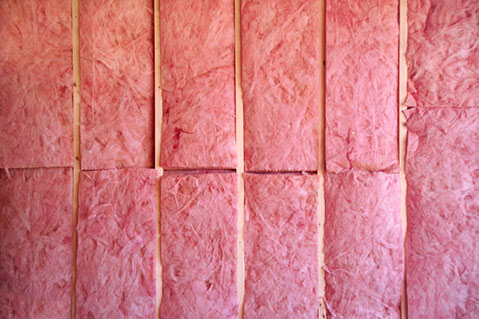Green Your Crib: More Home Performance Tips

In a previous article, I discussed “home performance,” the practice of improving the energy efficiency of existing homes by applying the principles of building science, a data-driven approach to energy improvements. Home-performance contractors test each house using sophisticated equipment, analyze the data, and only then make recommendations as to which solutions are right for the house.
Air sealing the home is usually the top priority because most homes are leaky. The benefits from tightening a house’s shell are numerous: reduced energy use, comfort, better health, and lower utility bills.
Controlling indoor temperature is often the second priority — and that means insulation. Because of our mild climate, insulation only started being routinely installed in the late 1970s, when California changed its building codes to require it. Although a positive development, the amount of insulation required back then was insufficient. Furthermore, the industry didn’t have the scientific understanding of how insulation really worked, so its installation often led to other problems, such as mold or wood rot.
The ability of insulation to block the transfer of heat — whether into or out of the home — is called R-value. The higher the R-value, the less unwanted heat loss or gain. R-30 insulation, for example, is typically required in attics in our region. (Requirements vary widely throughout the state due to California’s many microclimates).
Building science has shown that insulation doesn’t work well when air is moving through it; thus air sealing the home is the most important step for making insulation work well. Furthermore, insulation is highly susceptible to installation flaws. Small voids in the insulation (as little as a fraction of an inch) can heavily impact performance. It’s not uncommon to see R-30 insulation act like R-5 insulation — all because of building air leakage and small installation gaps.
While it takes skillful work by a meticulous contractor to get all the details right, the impact of a thorough job is impressive. Between air sealing and insulation, we gain desirable control over the indoor environment. The range of conditions in which the house can be kept comfortable using passive measures (requiring no energy at all) is greatly expanded. If we do need to use heaters or air conditioners in a tight, well-sealed house, the equipment can be smaller and use significantly less energy to maintain comfort.
Home-performance contractors implement many other measures in pursuit of energy efficiency, but air sealing and insulation almost always end up being part of the mix. Other measures like high-efficiency heating and cooling systems, clean-air ventilation, and high-performance windows are not effective until there is control over the indoor environment.



